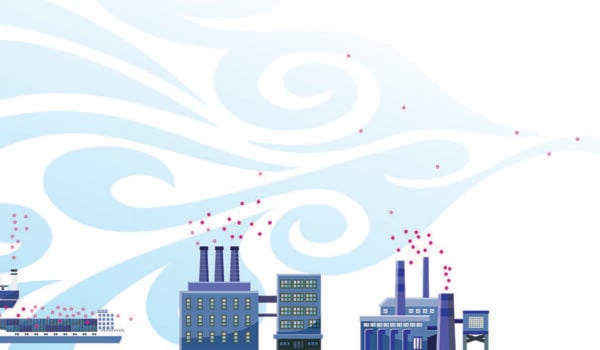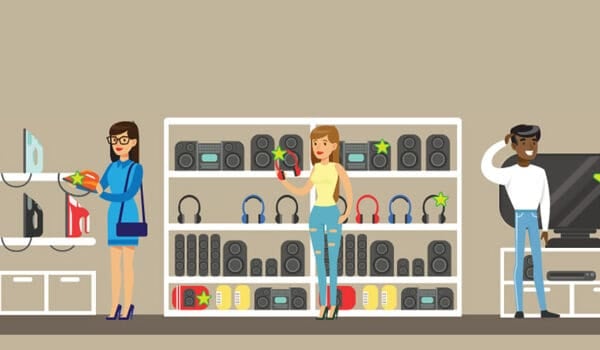
Biological particles affect Arctic clouds – and the climate
New research findings show a connection between biological particles and the formation of ice crystals at high temperatures in clouds in the Arctic.

New research findings show a connection between biological particles and the formation of ice crystals at high temperatures in clouds in the Arctic.

The second ACTRIS-Norway annual meeting was held at Norsk Folkemuseum on Bygdøy in Oslo on 18 September.

On Friday 1 September 2023, the climate and environmental research institute NILU establishes a subsidiary institute in Sweden. With that, NILU goes from being Norwegian to becoming Scandinavian.

Elisabeth Maråk Støle (Master of Business Studies/’Siviløkonom’) has been elected as a new board member of NILU from 1 July 2023.

The final event of the H2020 project RiskGONE, coordinated by NILU, will be in Madrid on the 15th and 16th June 2023.

Updated calculations carried out by atmosphere and climate scientists at NILU show that smoke from the forest fires in Canada is still drifting in over Norway.

The atmosphere and climate scientists at NILU have used the model FLEXPART in forecast mode to predict how the smoke from the wildfires in Canada will move through the atmosphere.

Data on 50 different agricultural products in around 200 countries has given scientists an overview of what kind of “biodiversity footprint” different foods have. This knowledge reveals where there can be conflict between food production and the preservation of biological diversity – but can also lead to more sustainable eating habits.

On Thursday April 20, we had the grand opening of our new Trondheim office in beautiful surroundings at Huitfeldt Stuer!

The European Commission has taken a final decision to establish the Aerosol, Clouds and Trace Gases Research Infrastructure (ACTRIS) as a European Research Infrastructure Consortium, or ERIC. 17 countries are pooling resources to produce data and offer open access to a broad range of technologies, services, and resources in the field of atmospheric science.

Have you used the car lately? Or perhaps washed clothes? In any case, the chances are high that you have released microplastics to your immediate environment. And from you, the microplastics can fly all the way to Svalbard.

A new collaborative study shows how flexible decision-making tools can accelerate validation and harmonisation of methodologies for plastic monitoring.

Back in 2014, several national newspapers had headlines like “Norwegians are the most toxic people in the world”. The news was based on a research study which showed that in 60 years, Norwegians had gone from having six or seven environmental pollutants in their bodies to having 200-300.

Using data from ice cores, senior scientist Sabine Eckhardt has suggested a correction for global black carbon emission from the industrial revolution to the present day. In the long term, it can make the climate models scientists use more accurate.

From 1 January 2023, Aasmund Fahre Vik is Deputy CEO and CTO at NILU

EU, 24 November 2022: Europe’s air quality keeps improving and the number of people dying early or suffering illness due to air pollution is in decline. However, according to European Environment Agency’s analysis, published today, air pollution is still the largest environmental health risk in Europe, and more ambitious measures are needed to meet the health-based guidelines of the World Health Organization (WHO).

Pernilla Bohlin Nizzetto is appointed Research Director of NILU’s Department of Environmental Chemistry from 1 January 2023.

12 October: NILU scientists provide new estimates of the methane emitted from the Nord Stream leaks. The new estimates suggest that in total, between 56 000-155 000 tonnes of methane were released into the atmosphere.

Updated 30 September: NILU scientists first estimated that the total methane leaks from the Nord Stream gas pipes could be at least 40 000 tons. New estimates as of 30 September brings that number up to at least 80 000 tons. That is more than four times the Norwegian national annual methane emission from the oil and gas industry.

The new NILU-led EU project CE-RISE aims to optimize reuse of critical raw materials, thus minimizing waste and stimulating circular business models. It also includes an ethical factor, making it easier for end consumers to make more sustainable choices.

This week, NILU welcomed the partners from the Polish GIOS, Chief Inspectorate of Environmental Protection, to Kjeller.

Which flight route from Norway has the highest CO2-emissions? How high are particle emissions from wood burning where you live? Which road has the highest traffic emissions? NILU scientists have now visualised all these and more in a map.

The European Partnership for the Assessment of Risks from Chemicals (PARC) was launched on 11 May in Paris, France. It is seeking to develop next-generation chemical risk assessment, incorporating both human health and the environment in a “One Health” approach.

“How to cope with an Arctic ecosystem under multiple pressures” was the question sought answered during the COPE project’s side event at Arctic Frontiers 2022.